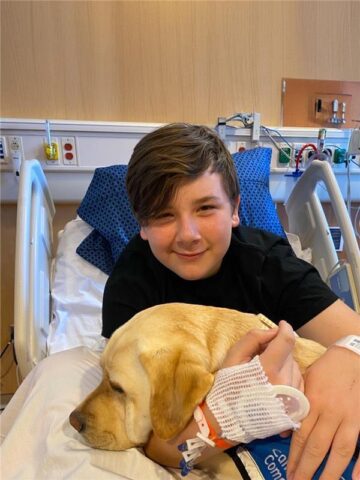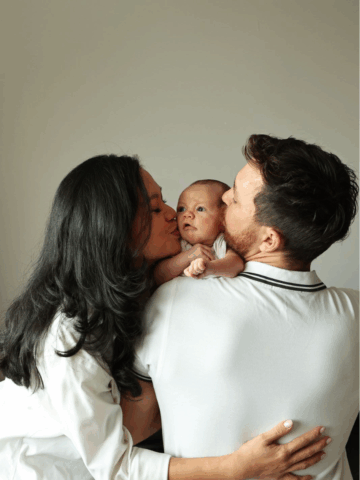What is clubfoot?
Clubfoot is the foot pointing downward with the toes turned inward. The tendon in the heel/ankle is often tight so the foot is not in the normal position
What causes clubfoot?
The exact cause of clubfoot is unknown although doctors believe genetics do play a part.
How is the child affected by clubfoot?
Clubfoot is not painful and does not affect a baby until he/she starts walking. If clubfoot is not treated, the foot cannot move up and down normally.
Consequently the child may walk on the balls, side, or top part of the feet instead of the soles. If this happens the entire leg is often unable to grow normally and future painful conditions may happen.
How is clubfoot treated?
Casting of the feet begins as early as the first week of life. Casting gradually stretches the ligaments to correct the abnormality. The doctor turns the foot and ankle to specific positions and then applies a molded plaster cast that goes from the toes to the upper part of the thigh. Casting is done every 5‐7 days for 6 weeks. After the weekly casting, a tenotomy is usually done. The tight tendon in the ankle is surgically released so that the foot can move upward with the casting.
This procedure can be done in the office or clinic. The final cast is applied after the tenotomy and stays on for 3 weeks.
To prevent clubfoot from returning, a foot abduction orthosis (brace) is ordered. The braces should be worn 23 hours a day for 3 to 4 months and then at night and during naps for up to 4 years.
After treatment can clubfoot return?
Yes, clubfoot may return up to the age of seven. This is why it is important your child wears the braces as long as the doctor orders. Continue to have checkups with your doctor.




